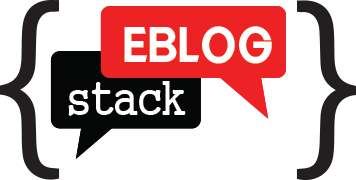Are you ready to dive into the intriguing world of shuffleboard? If you are only just starting and aren’t exactly certain how the game works or how to get started, no problem.
In this guide, we’ll outline the basic rules as well as the different sizes that shuffleboard tables come in, which has an impact on the playing experience.
Understanding Shuffleboard Tables
Before diving into the gameplay, it’s important to grasp the differences between shuffleboard table sizes. Shuffleboard tables typically come in various lengths, including 12 feet, 14 feet, 16 feet, as well as larger variants often used in professional play.
The length of the table impacts the level of challenge and gameplay dynamics. While a 12-foot table may be suitable for smaller spaces and beginners, a 16-foot shuffleboard table offers a longer playing surface that demands precise technique and strategy. However, compared to a full regulation size table, a 16-foot table might be a great option if you are just starting out but really want to get into the game.
Keep in mind that the space you have available will also potentially influence the board you can get. 16-foot shuffleboard tables are typically thought of as a great middle-ground.
The Rules of Shuffleboard
Learning the rules of shuffleboard is crucial for beginners. Here are the basic guidelines to get you started:
- Setting Up: Place the shuffleboard weights, also known as pucks, at one end of the table.
- Alternating Turns: Players take turns sliding their pucks, aiming to land them within the scoring area without falling off the edge of the table.
- Scoring: Pucks that are farther down the table earn higher points, with the farthest puck scoring the most.
- Knocking Out: Players can strategically knock opponents’ pucks off the scoring area to gain an advantage.
- Winning: The player or team with the highest score at the end of the round or game wins.
Mastering Shuffleboard Techniques
To excel at shuffleboard, beginners should familiarize themselves with essential techniques. Here are a few techniques to focus on:
- The Flick: Mastering the flick motion is essential to control the speed and accuracy of your puck.
- Aim and Precision: Focus on targeting specific areas of the scoring triangle to maximize your points.
- Defensive Strategy: Learn how to strategically block your opponent’s pucks and protect your scoring areas.
- Speed Control: Practice controlling the force behind your shots to prevent pucks from sliding off the table.
As a beginner, it’s crucial to embrace the learning curve and enjoy the process. Shuffleboard requires practice and patience to develop skills and strategies. Invite friends and family to join you in friendly matches, create a supportive learning environment, and celebrate small victories along the way.
Embrace the Game
Playing shuffleboard is an opportunity to challenge yourself, bond with loved ones, and discover a game that brings endless fun and excitement.
Whether you’re aiming for a casual pastime or competitive play, the 16-foot shuffleboard table offers a larger playing surface that requires more of your skills and strategic thinking. So, gather your loved ones, create lasting memories, and unlock the joy of the game.
eFamily Fun offers a wide range of 16-foot shuffleboard tables and accessories to suit your needs. Visit their website and explore their collection to find the perfect shuffleboard table for your home or game room.



